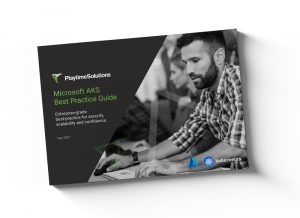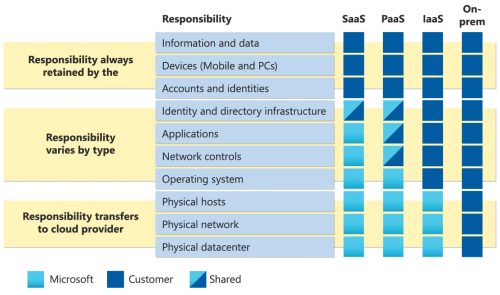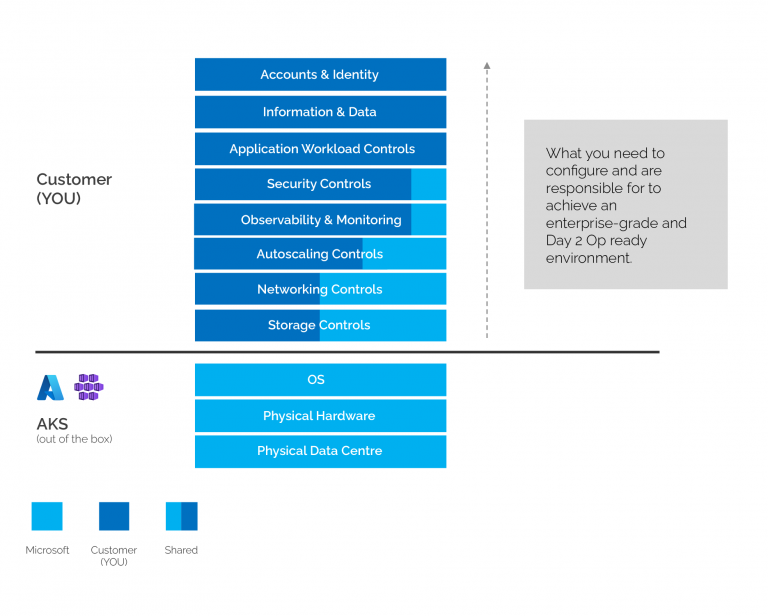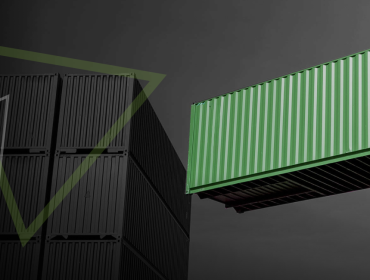Underestimated: How to get AKS Day 2 Ops ready.
- Playtime Solutions
- September 22, 2021
- Insights
It’s often underestimated – there is a lot!
A common misconception is that a managed Kubernetes services such as Microsoft’s AKS will provide you with an enterprise-grade, security-hardened, Day 2 ops ready platform at the click of a button.
The reality is that while a fully-managed Kubernetes service provides you with the ability to quickly get up and running with Kubernetes on Day 1, it’s NOT (out-of-the-box) ready for enterprise-grade Day 2 operations.
For many, once the system is up, the all-important phase of configuring the service to factor the organisation’s unique processes, scenarios, and technology ecosystem, is overlooked.
A Shared Responsible model in a managed Kubernetes services, like AKS, is not too dissimilar to one that you’re familiar for Cloud.
Microsoft – Shared responsibility in the cloud
Microsoft AKS – Shared responsibility model
We’ve put the following diagram together to depict the AKS Share responsibility model. Although AKS gives you the tools to get you up and running, there is still a lot that you are responsible for, and still need to configure and define on top of your AKS stack.
While Microsoft makes upgrades and security patches available, many manual actions are still required. The element of user initiation, security hardening, scaling, optimisation, observability and monitoring of the container applications and the clusters themselves is still firmly your responsibility, and not Microsoft’s.
However, don’t get disheartened, with automation and following best practice guidelines, you too can have an enterprise-grade Kubernetes service that is security-hardened, scalable and ready for Day 2 operations – freeing your teams to continue the drive for data and customer driven innovation.
Microsoft AKS Best Practice Guide
Our Principal Consultants have put together a 23 page best-practice checklist, leveraging our hands-on customer experience, to assist IT and DevOps professionals in creating an enterprise-grade Kubernetes environment in Microsoft AKS. The checklist provides guidance across key critical requirements and best practices in the following areas:
- Infrastructure as Code
- Cluster Provisioning
- Service Mesh
- Cluster Networking
- Cluster Autoscaling
- Cluster Security
- Cluster Storage
- Application Workloads
- Deployments
- Monitoring & Observability
- Day 2 Operations
 Download the 23 page AKS Best Practice Guide
Download the 23 page AKS Best Practice Guide
Click here to download the checklist or contact us for more information and assistance in running a fully optimised, secured and automated Microsoft AKS platform.











